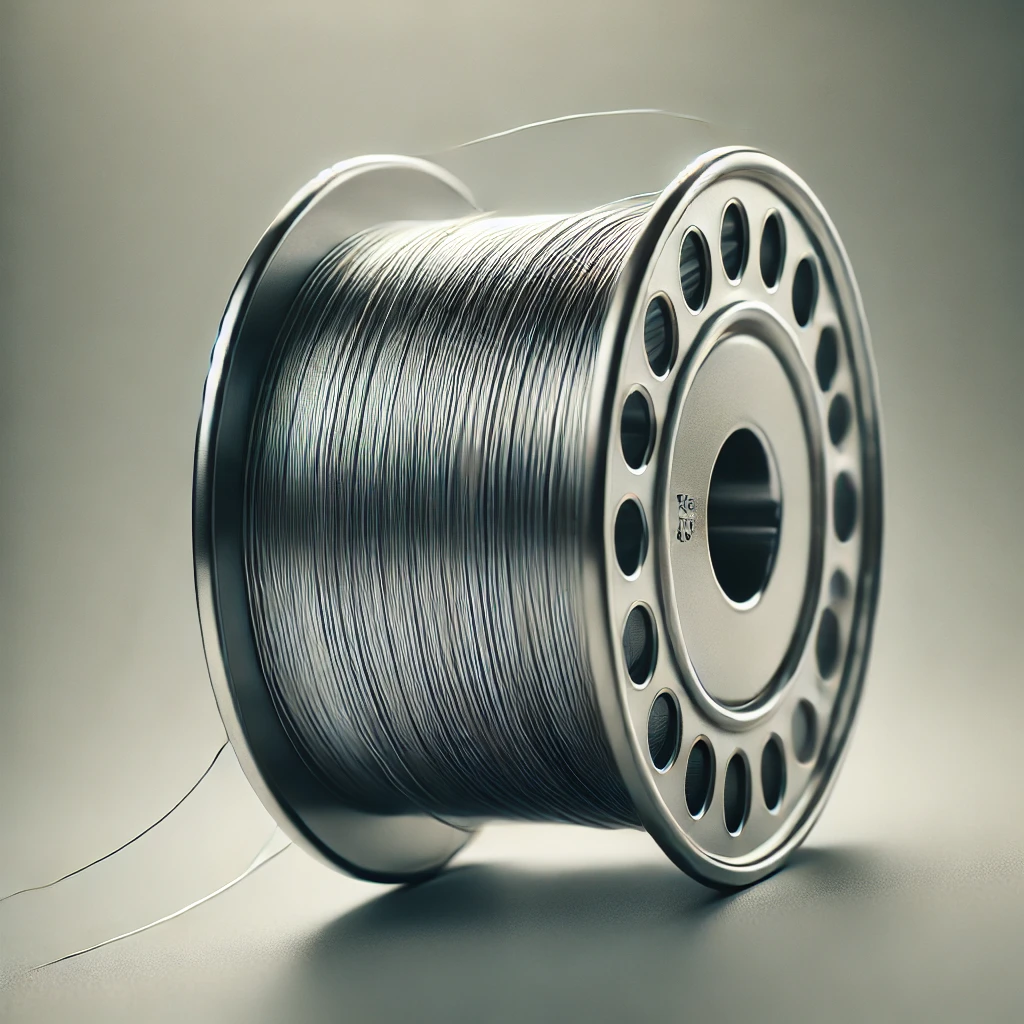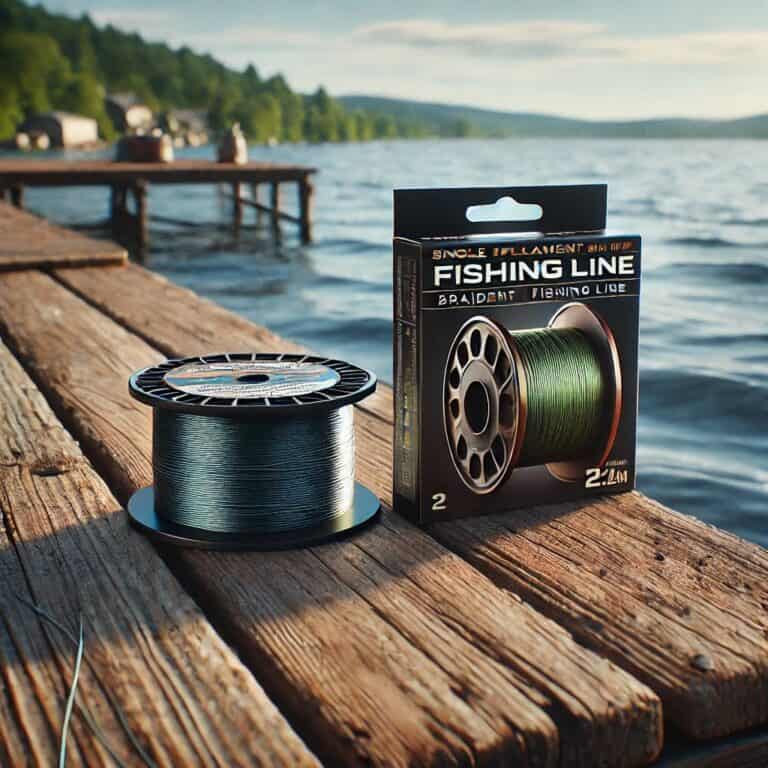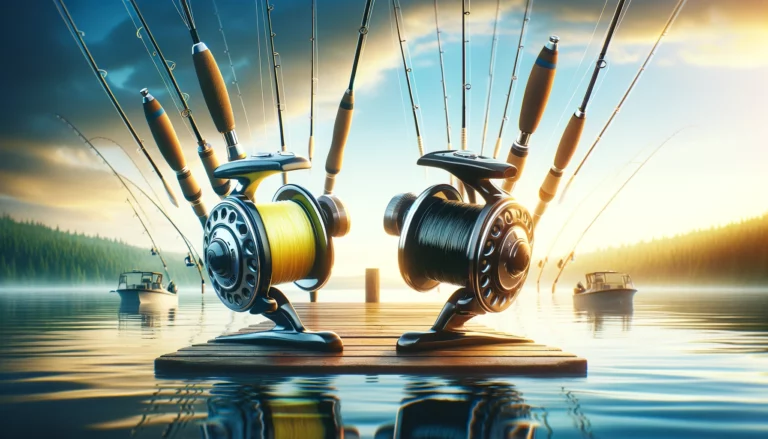Fishing Wire: The Essential Guide to Metal Fishing Lines
Fishing wire, commonly referred to as metal fishing lines, is a critical component for anglers, particularly when targeting species with sharp teeth or in environments with abrasive elements.
Unlike traditional fishing lines made from nylon, fluorocarbon, or braided materials, fishing wire is composed of metal, offering enhanced strength and durability.
In this guide, we’ll unpack what fishing wire is, why it’s used, where and how it’s used, and the different types available.
What is Fishing Wire?

Fishing wire is a specialized type of line used in angling, made from metal materials such as stainless steel, titanium, or other durable alloys.
It is designed to provide superior strength and resistance to cutting, making it ideal for fishing in challenging conditions or for targeting species known for their sharp teeth.
Why is Fishing Wire Used?
Fishing wire is used for several key reasons:
- Protection Against Sharp Teeth: Predatory fish like pike, barracuda, and sharks have sharp teeth that can easily cut through standard fishing lines. Metal wire acts as a barrier, preventing the fish from severing the line and escaping.
- Durability in Abrasive Environments: In environments with sharp rocks, coral reefs, or heavy vegetation, fishing wire provides an extra layer of protection against abrasions and cuts.
- Strength and Reliability: Metal fishing wires are incredibly strong and can withstand significant tension and pressure, making them suitable for targeting large, powerful fish.
- Low Stretch and High Sensitivity: Unlike traditional lines, metal wires have minimal stretch, providing high sensitivity. This allows anglers to detect subtle bites and set the hook more effectively.
Where and How is Fishing Wire Used?
Fishing wire is versatile and can be used in various fishing scenarios:
- Saltwater Fishing: In saltwater environments, fishing wire is essential due to the presence of aggressive, toothy fish like barracuda, bluefish, and mackerel. The corrosive nature of saltwater also requires the use of corrosion-resistant wires like stainless steel or coated wires.
- Freshwater Fishing: In freshwater, fishing wire is commonly used when targeting species like northern pike and muskie, known for their sharp teeth. It is also useful in areas with heavy cover, such as submerged trees or rocky bottoms.
- Big Game Fishing: For big game fishing, targeting species such as tuna, marlin, or shark, heavy-duty fishing wires are crucial. These wires can withstand the immense power and sharp teeth of these fish, preventing them from cutting through the line.
- Fly Fishing: In specific cases, particularly when fly fishing for species like pike or muskie, a thin metal wire can be used to prevent the fish from biting through the line. These wires are often lightweight and designed to minimize impact on the fly’s presentation.

Types of Fishing Wire
Several types of fishing wire are available, each with specific characteristics and best-use scenarios.
Here’s a closer look at the main types:
1. Single-Strand Wire
Single-strand wire is made from a single piece of metal, usually stainless steel.
It is the simplest and most direct form of metal fishing wire.
- Advantages: Single-strand wire is strong, abrasion-resistant, and relatively easy to use. It is also less prone to kinking compared to multi-strand wires.
- Disadvantages: It can be more visible in the water, potentially spooking wary fish. It also lacks flexibility, which can limit its use in certain applications.
- Best Uses: Ideal for trolling and fishing in areas with sharp-toothed fish or heavy cover. It’s also commonly used in big game fishing.
2. Multi-Strand Wire
Multi-strand wire consists of multiple strands of metal twisted together.
This construction can be either bare or coated with a protective layer.
- Advantages: Multi-strand wire offers greater flexibility and is less prone to kinking than single-strand wire. The coating, if present, can reduce visibility and provide additional corrosion resistance.
- Disadvantages: It can be more complex to handle and rig compared to single-strand wire. The twisting can also create air pockets that might affect the wire’s sink rate.
- Best Uses: Suitable for situations where flexibility and reduced visibility are important, such as when using live bait or in clear water.
3. Coated Wire
Coated wire is metal wire covered with a plastic or nylon coating.
The coating can be applied to both single-strand and multi-strand wires.
- Advantages: The coating reduces the wire’s visibility in water, making it less likely to spook fish. It also adds a layer of protection against corrosion and wear, prolonging the wire’s lifespan.
- Disadvantages: Coated wire can be more expensive than uncoated wire. The coating may also reduce the wire’s sensitivity, making it harder to detect subtle bites.
- Best Uses: Ideal for clear water conditions, stealthy presentations, and situations where additional protection from the elements is desired.
4. Titanium Wire
Titanium wire is a premium option, known for its high strength-to-weight ratio and flexibility.
- Advantages: Titanium wire is incredibly strong and resistant to corrosion. It has excellent flexibility and memory, meaning it can return to its original shape after bending or twisting. This makes it ideal for reuse and for situations where durability is crucial.
- Disadvantages: The primary drawback of titanium wire is its cost, as it is significantly more expensive than other types of fishing wire.
- Best Uses: Perfect for big game fishing, targeting aggressive, toothy species, and situations where long-term durability is required.
Choosing the Right Fishing Wire
Selecting the appropriate fishing wire depends on several factors:
- Target Species: The type of fish you’re targeting plays a significant role in the choice of wire. For example, toothy species require stronger, more abrasion-resistant wire, while less aggressive species might allow for lighter, more flexible options.
- Fishing Environment: Consider the water clarity, presence of abrasive structures, and whether you’re fishing in freshwater or saltwater. These factors will influence the need for coatings, corrosion resistance, and visibility.
- Fishing Technique: The method you’re using, such as trolling, fly fishing, or bottom fishing, will dictate the type of wire best suited to your needs. Some techniques require more flexibility, while others benefit from the strength and rigidity of metal leaders.
- Budget: High-quality fishing wire, especially specialized types like titanium, can be expensive. Balance the cost with the expected benefits and the frequency of your fishing trips.
How to Use Fishing Wire
Using fishing wire effectively involves more than just choosing the right type.
Here are some tips for rigging and maintaining fishing wire:
- Proper Knots and Connections: When attaching fishing wire to the mainline, hooks, or lures, use strong and reliable knots. Popular options include the Albright knot, haywire twist, and crimping sleeves. Make sure to test the strength of your knots before fishing.
- Cutting and Handling: Use appropriate tools for cutting fishing wire to avoid fraying or damaging the wire. Always handle the wire with care to prevent injury, as the ends can be sharp.
- Regular Inspection: Check the wire regularly for any signs of wear, rust, or damage. Replace any compromised sections to avoid losing fish.
Conclusion
The varieties of fishing wire available – from single-strand and multi-strand to coated and titanium options – provide anglers with the flexibility to tailor their approach to specific fishing conditions and target species.
Selecting the right fishing wire involves careful consideration of additional factors such as fishing environment, technique, and budget.
This decision can significantly impact your fishing success, potentially making the difference between landing a trophy catch and losing it at the last moment.
However, choosing the appropriate wire is only half the battle; proper rigging, handling, and maintenance are equally crucial.
Mastering the art of tying secure knots, safely handling the wire, and regularly inspecting your gear for wear and tear will ensure optimal performance and longevity of your fishing wire.
As fishing technology continues to evolve, staying informed about the latest developments in fishing wire materials and techniques can give you a competitive edge on the water.
By investing in quality fishing wire and honing your skills in its use, you’ll be well-prepared to face whatever angling adventure comes your way, from freshwater pike to deep-sea giants.
Happy fishing my friends!




